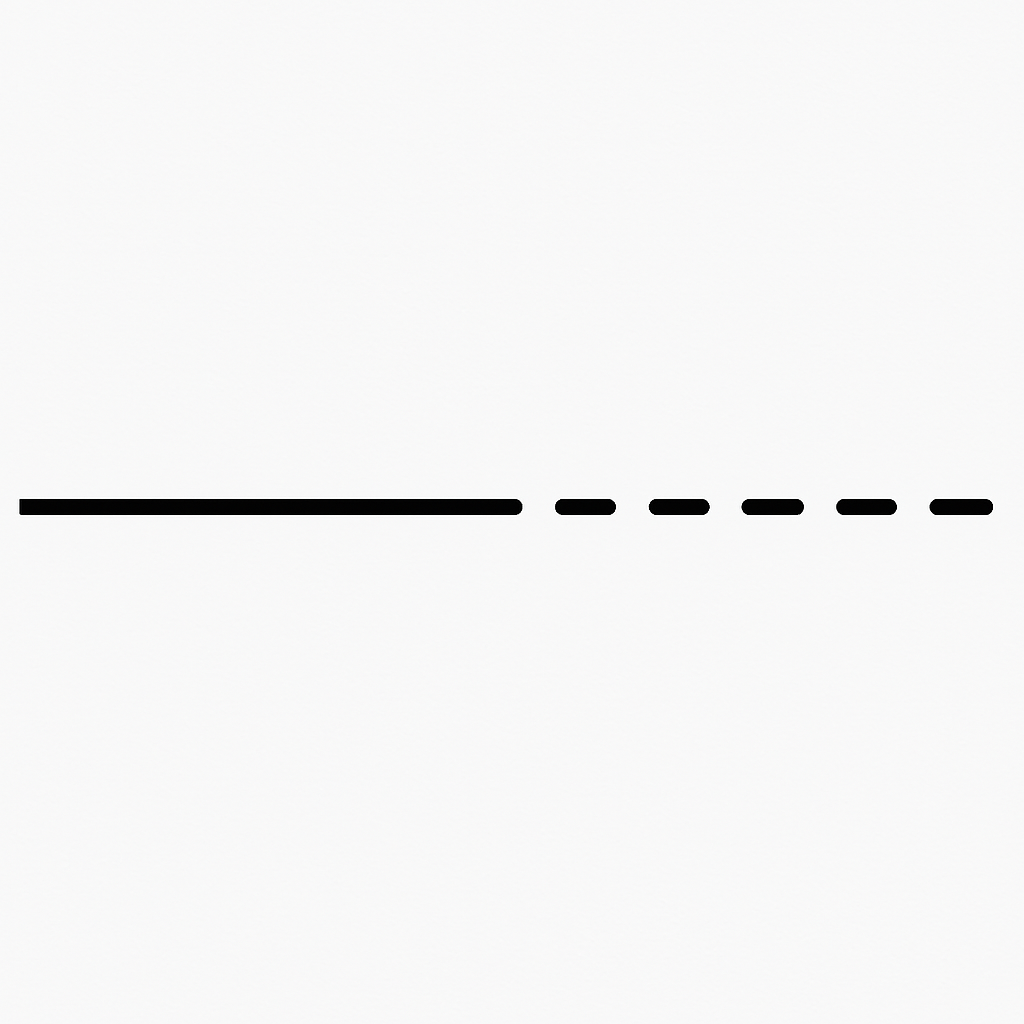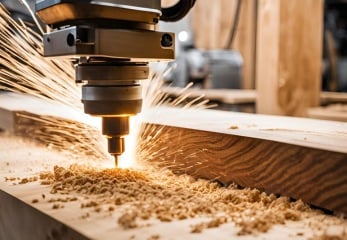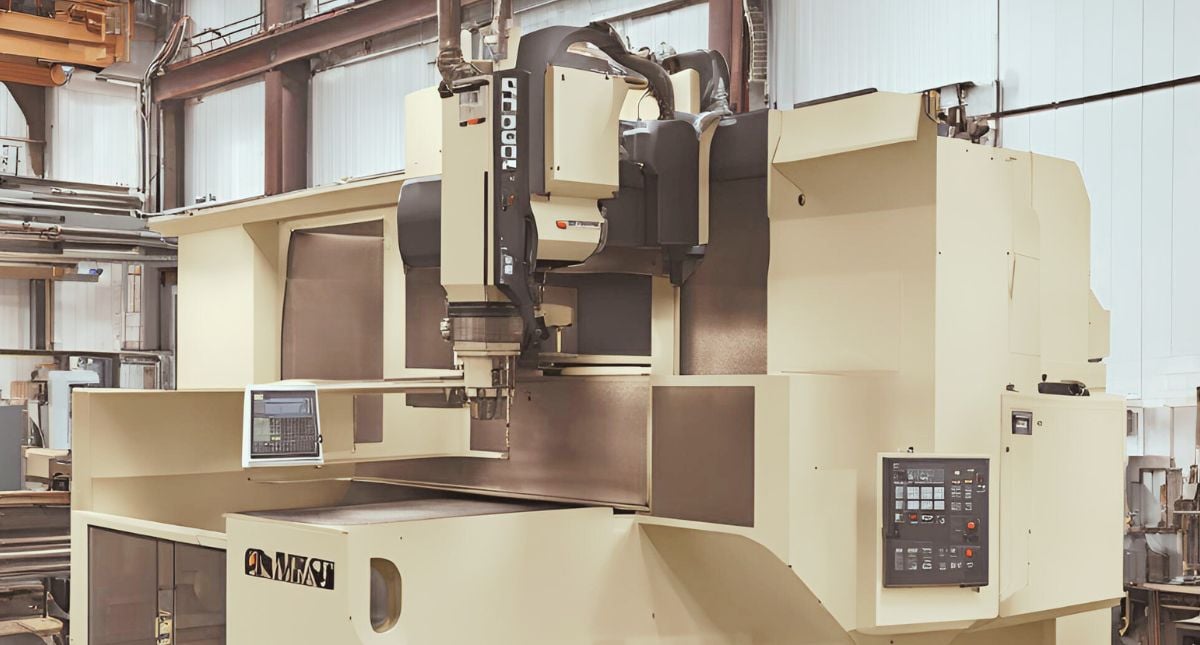

Ever opened a free DXF pattern just to find 274 open paths, 18 overlapping shapes, and one floating line that doesn’t connect to anything? Yeah, we’ve all been there.
Whether you’re cutting with a laser, plasma, or CNC router, bad DXFs are productivity killers. They look pretty in the thumbnail, but when it’s time to generate toolpaths? Chaos.
Let’s fix that. Here’s how to spot CNC-ready DXF patterns, avoid time-wasting junk, and where to actually get the good stuff.
DXF files for CNC need closed paths—every line must connect. One break = no cut. Your software throws an error or worse, your machine starts doing something… mysterious.
Some files have multiple vector copies stacked on top of each other. That’s a great way to burn material or snap a bit.
You’ll hear your machine hesitating or re-cutting lines, which means:
Many “free” DXF files are just bitmap images auto-traced in Inkscape. That process leaves behind:
A good DXF pattern is clean, closed, and CAM-friendly. Look for:
If the file uses layers (for engraving vs. cutting), make sure:
Some DXF files import 100x too small because there’s no unit system embedded.
Tip: Always check scale on import (inches vs. mm). Then convert to your CAM software’s preferred unit.
Let’s be honest—“free” is rarely worth it if you’re spending hours cleaning it up.
Here are trusted sources that offer CNC-tested DXF files:
Clean, CNC-ready, no fluff. Optimized for routers, lasers, and plasma tables.
If you’re stuck with a sloppy file, here’s how to fix it:
Delete junk layers, simplify paths, and combine nodes.
In software like Fusion 360 or VCarve:
For artistic files with curves, rebuild using the Arc tool. Smoother, fewer GCode commands = faster, cleaner cuts.
Want to sell what you make? Use patterns that look polished AND cut clean.
Best-selling DXF styles:
👉 Check out these Agilemaking-ready sellers:
Avoid:
A good DXF file can save you hours of frustration, wasted material, and machine wear. The difference is in the prep and polish—and most free files don’t have either.
So if you’re ready to stop repairing garbage files:
✅ Get cut-ready DXF patterns now
🧠 Need something specific? We design for plasma, laser, and CNC



Feeling stuck on your next move?
📦 Start with a CNC BundleInstant downloads. Trusted files. Real results.